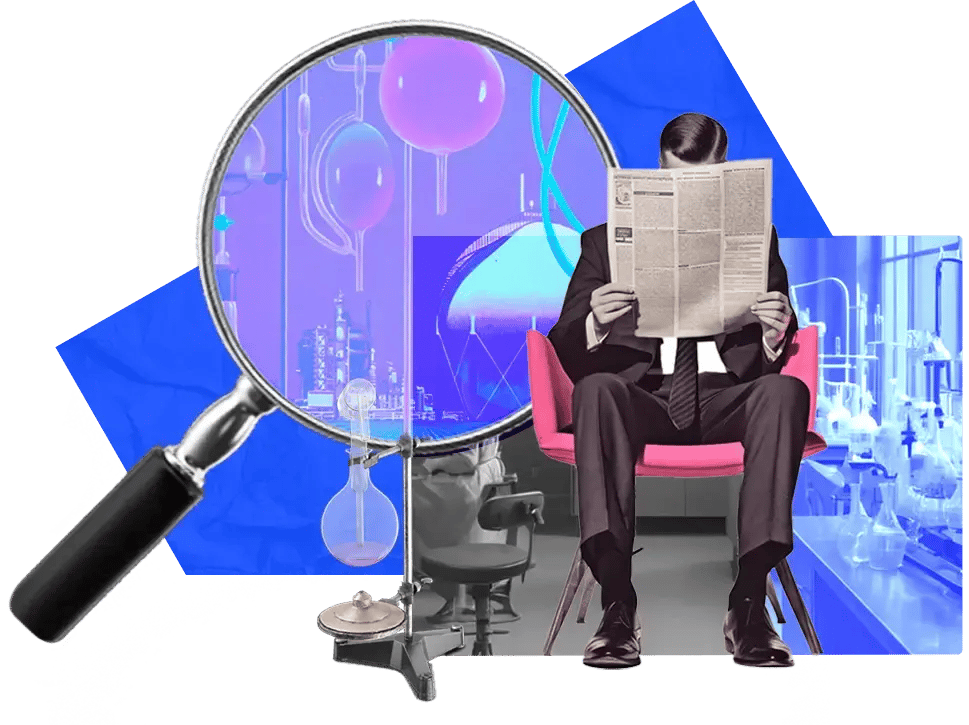 R&D and Tech
R&D and Tech
ITONICS INNOVATION BLOG
Let's talk innovation
Inspiring insights and best practices on innovation management, foresight, and strategy.

 R&D and Tech
R&D and Tech
 R&D and Tech
R&D and Tech
Technology Evaluation: A Guide for R&D and Innovation Teams (Free Template)
05 Jan 26 | 11 mins read
 Innovation
Innovation
Modern Phase Gate Process: 7 Rules To Drive Innovation, Not More Ideas
02 Jan 26 | 12 mins read
 Innovation
Innovation
Using the Three Horizons Model for Balanced Innovation Portfolios
02 Jan 26 | 5 mins read
 R&D and Tech
R&D and Tech
Technology Reporting: 7 Tools Tech Managers Need To Scale Tech Fluency
30 Dec 26 | 13 mins read
 Strategy
Strategy
Product Roadmap Alignment: A Strategic Guide for 2026
29 Dec 26 | 21 mins read
/venture-clienting-for-dual-use-startups-guidelines-full.webp??&width=900&height=450&name=venture-clienting-for-dual-use-startups-guidelines-full.webp) Innovation
Innovation
The Open Innovation Process That Scales External Ideas: 6 Design Rules
29 Dec 26 | 20 mins read
 Strategy
Strategy
Modern Strategic Portfolio Management Process: Meetings to Rhythms
16 Dec 25 | 14 mins read
 Product Development
Product Development
7 Technology Development Strategies for Smarter Innovation Investment
09 Dec 25 | 19 mins read